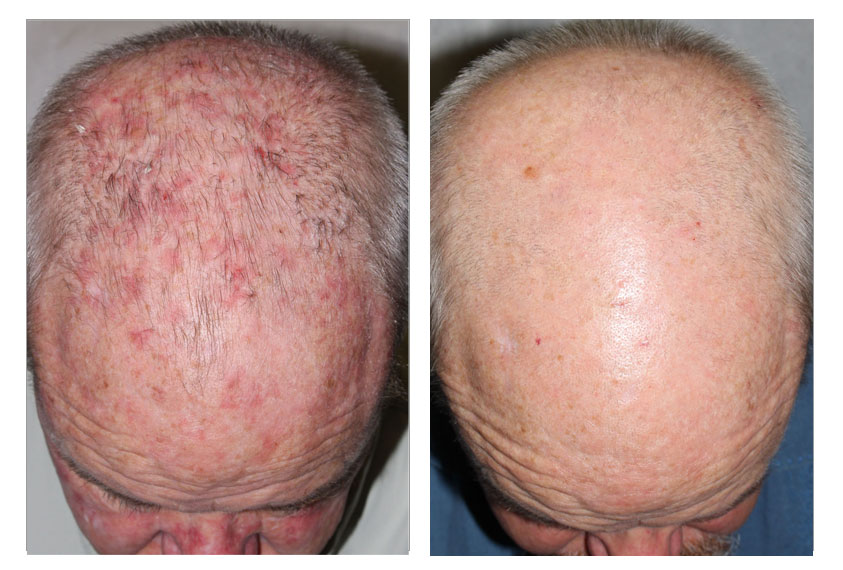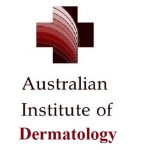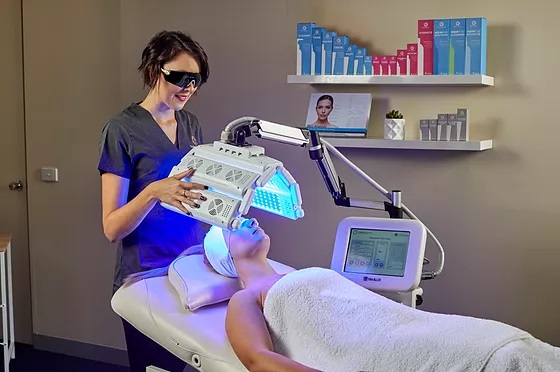
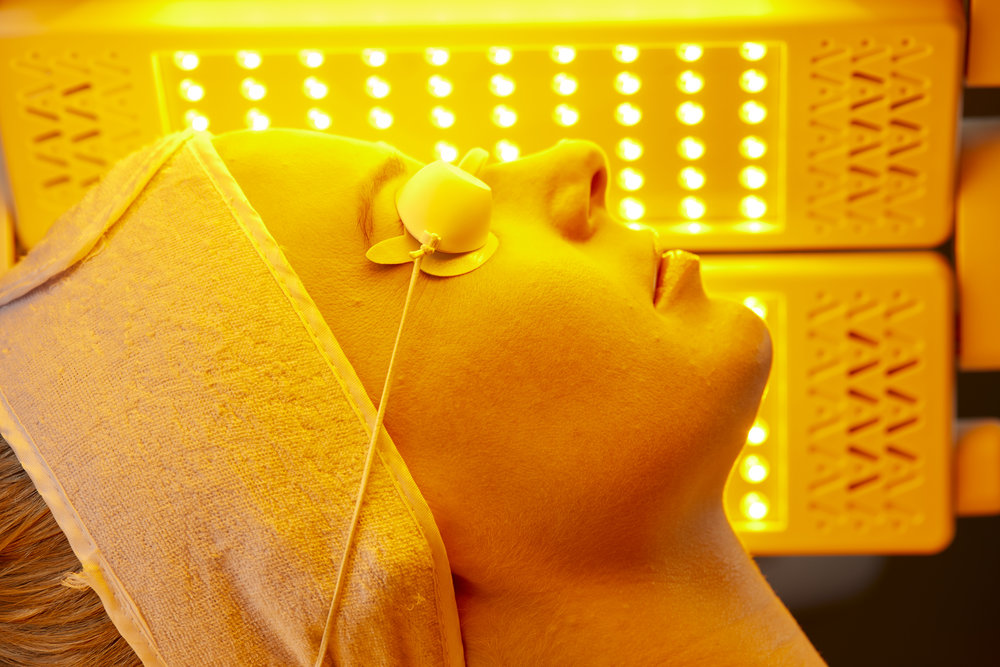
Phototherapy (LED Light therapy)
Phototherapy is a type of medical treatment that involves exposure to a light source like halogen lights, sunlight, and light emitting diodes (LEDs) to treat certain medical conditions.
Phototherapy uses nonthermal, non-invasive light to achieve a range of therapeutic outcomes. Modern advances have introduced light-emitting diodes (LED) which has led to clinical application for a variety of medical and cosmetic uses.
Phototherapy enhances and accelerates wound healing, decreases scar formation in surgical wounds, has demonstrated clinical benefit in the treatment of psoriasis (including plaque and guttate variants), and is an effective treatment in acne and rosacea. It may help for some forms of vitiligo although the response is variable and take many treatments may be needed.
It is also a very effective method to improve the cosmetic appearance of mild to severe sun damaged, oily, blemished, and aged skin on all areas of the body.
DermaSurg introduced MediLUX LED phototherapy technology in 2021. MediLUX incorporates 5 different treatment wavelengths (blue, green, yellow, red, and near infrared) for a wide range of treatment objectives.
Photodynamic Therapy (PDT)
Photodynamic therapy (PDT) is a medical treatment that utilizes a special “photosensitizing drug” (that becomes activated by light exposure) and a light source to activate the administered drug. PDT is a non-invasive treatment modality for solar precancerous skin damage (actinic keratoses) and some early superficial forms of skin cancers, including superficial basal cell cancer, and in-situ (intraepidermal) squamous cell cancer. It is an evidence-based alternative to cryotherapy, surgery and superficial radiation therapy for these forms of non-melanoma skin cancer.
Acne, rosacea, sun damage, enlarged sebaceous glands, wrinkles, warts, hidradenitis suppurativa, psoriasis, and many other skin conditions can also be treated effectively with PDT, resulting in long periods of clear skin.
The procedure is easily performed in a doctor’s clinic as an outpatient. This treatment works well and has few long-term side effects.
PDT essentially has three steps. First, a light-sensitizing liquid or cream (photosensitizer) is applied to the targeted treatment area. Occasionally, a photosensitizing molecule that is already part of the body can be activated. Second, there is an incubation period of minutes to days (usually the incubation time is just over an hour long). Finally, the target tissue is then exposed to a specific wavelength of light that then activates the photosensitizing medication. The most frequently used frequencies are blue (415nm) and red (633 nm). The mechanism by which tissue is destroyed seems to depend on the presence of activated oxygen molecules.
Steps:
- application of photosensitizer drug (most commonly applied as a cream containing 5–aminolevulinic acid [5–ALA] or methyl aminolevulinate [Metvix®])
- incubation period (usually just over an hour)
- light activation (blue or red light frequencies)
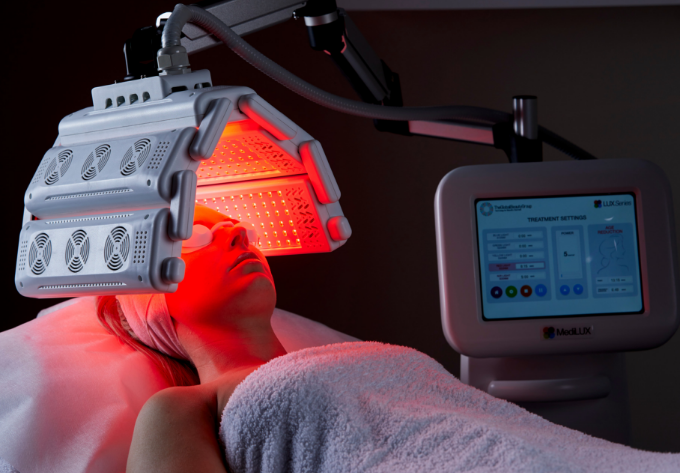
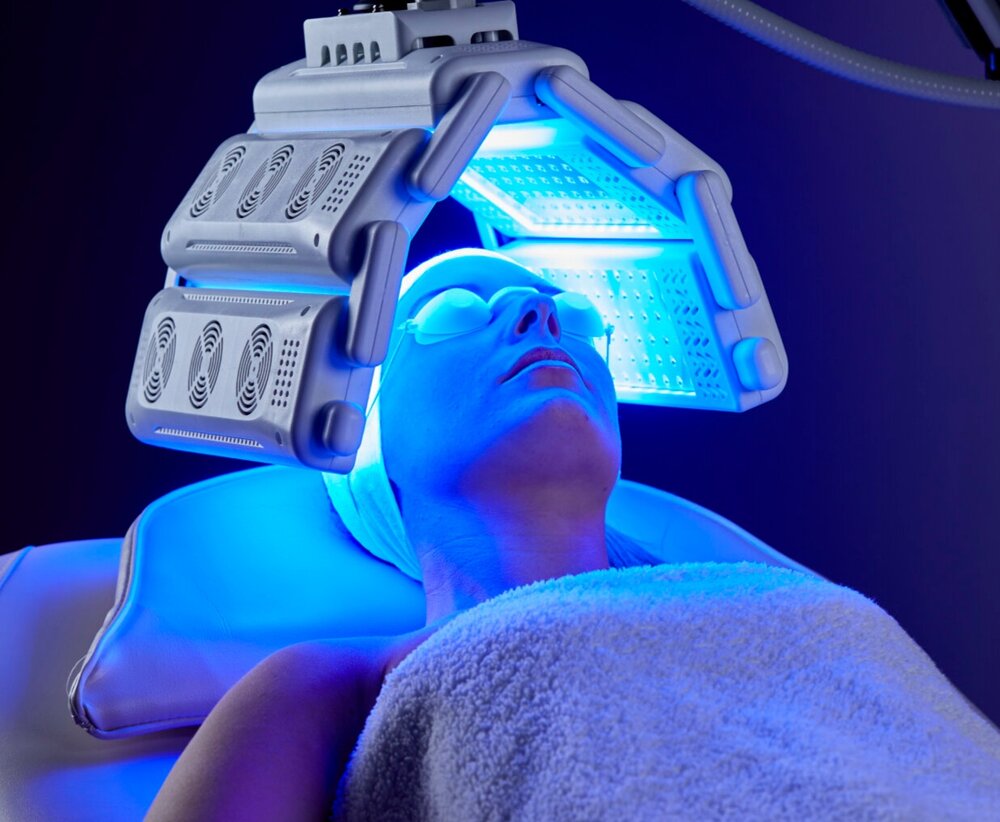
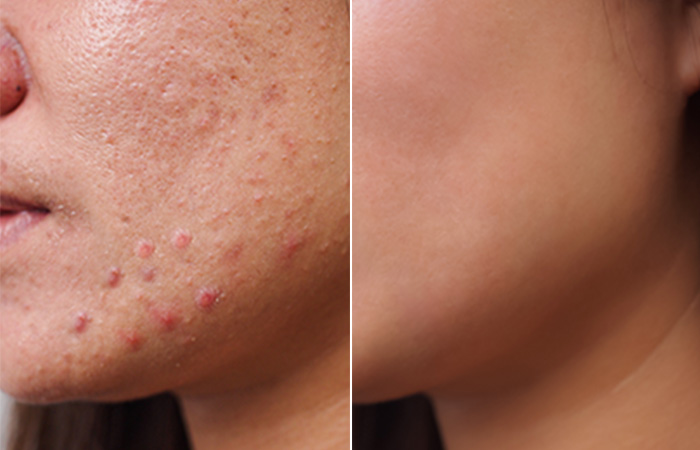
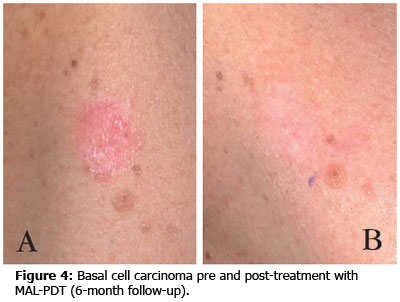
PDT for Acne
PDT can be a very effective treatment option for some forms of acne and may lead to long periods with almost complete acne clearance, without the potential side effects of antibiotics and isotretinoin (Oratane, Accutane, Roaccutane). It is indicated for moderate forms of acne with inflammatory lesions (red with small pustules), and a series of treatment sessions is suggested.
It is important to be aware that the first 1-2 sessions may cause a temporary flare-up for a few days, yet the resulting improvement in acne is fairly rapid for most patients. Often the results are long-lasting, and extra sessions can be scheduled a few months later if needed.
PDT for early skin cancers
Superficial Basal Cell carcinomas and Squamous Cell Carcinoma in-situ (IEC or Bowen’s disease) can be treated very effectively using PDT. A biopsy (or results from a previous biopsy) is required to confirm the cancer is only superficial (deeper cancers do not respond adequately to the treatment and usually require surgery). The expected complete response rate is up to 97% after 12 months, and 81.8% after four years follow-up, which compares with 95% long term cure rates with surgery.
Treatment is effective for precancerous sun damage changes, photoaging changing (“sun spots”), and certain types of skin cancers. It is also an effective treatment for acne, rosacea, enlarged sebaceous glands, psoriasis, warts, wrinkles, and some other skin conditions. Treatment takes as little as 3 – 4 hours and will have a limited impact on your lifestyle. Pain and discomfort is usually mild and managed with the prescribed analgesia. Multiple lesions and/or can be treated in one session. The treatment does not cause any scarring and a good cosmetic outcome can be expected.
The combination of the photosensitizer (e.g. 5–aminolevulinic acid (5–ALA)), a light source (e.g. an LED lamp or sunlight) and tissue oxygen, leads to the chemical destruction of any tissues which have either selectively taken up the photosensitizer or have been locally exposed to light, with recruitment of inflammatory cells, increased immune response, and vascular compromise. The treatment selectively targets damaged skin cells, sparing healthy tissue, meaning that side effects such as scarring are minimized.
The treatment is administered under the care and guidance of our doctors who is assisted by our clinical assistant. On the day of the treatment the targeted area will be cleaned and prepared before the activation cream (5-ALA or Metvix®) will be applied. Pain medication and anti-inflammatory medication may be offered and a topical anesthetic cream (EMLA) may be applied to the area first if you are very concerned about pain. After the application there is a short waiting time (depending on the condition being treated) while the photosensitizing agent becomes activated. This is followed by LED light therapy ( a blue light, red light, or combination of blue and red light therapy is usually used). The light exposure times is fairly brief, and varied between 20 and 40 minutes). Then the area is once again cleaned and a healing moisturizer cream is applied to the area, which concludes the treatment. You will be provided with aftercare instructions, a moisturizer agent, and analgesia to manage any post-treatment discomfort and pain.
Our doctor’s experience and knowledge guarantees that only appropriate lesions are treated.
Within the first two to three days the skin will become red, tight and there will likely be some scaling and crusting. Once this peels away the skin will remain pink for up to a week or so depending on the severity of the sun damage and the skin’s response to the treatment.
Generally healing is complete within seven to ten days. You are advised not to have any sunlight exposure for four days after the treatment and avoid applying makeup until the area has settled.
Follow up should be arranged with your skin specialist. We normally ask you to send us a photograph taken 3 days after the treatment to monitor your reaction. The treated area should be checked within four to six weeks to ensure that the area is healing adequately and that there is no residual or recurrent concern in the longer term. Regular annual or bi-annual check-ups are recommended to ensure that any new skin lesions are detected and treated.
No two people are the same, and results may vary. Some conditions can improve dramatically in some patients and not respond in others.
Overall, patients with severely sun-damaged skin with actinic keratosis, mottled pigmentation, dull or sallow skin, and skin laxity, may see good to excellent improvement with PDT. There can be improvement of large pores, non-pitted acne scars, and active acne.
Depending on the area being treated and the recommended incubation time, different numbers of treatment sessions spaced 4 to 6 weeks apart may be required to achieve the desired improvement and reduction in lesions. On average, one treatment is sufficient for sun-damaged skin and actinic keratosis, yet for acne and skin cancers a series of two to three treatments may be needed. It is not always possible to predict ahead of time how many treatments your specific condition may take or how you will respond to PDT.
After photodynamic sun avoidance for 24-48 hours is necessary.
During treatment, discomfort at the treatment site is common. This may include burning, stinging or tenderness. Cool air blowing over the skin can alleviate the discomfort. The treatment can be stopped if necessary to provide pain relief such as a local anaesthetic. The discomfort generally ceases quickly when the light is switched off but occasionally can persist.
Some redness, swelling and crusting is expected after the procedure but generally will resolve within a few days. Redness, weeping and crusting will develop after treatment and will need simple bathing and dressings. Occasionally, more severe swelling, blistering, weeping or itching may occur. In some cases the skin may become lighter or darker in colour. Increased skin colour generally fades over months but decreased skin colour can occasionally be permanent.
Serious side effects are very rare, but may include: anxiety (during the procedure), headaches, dizziness, and skin infections.
Photodynamic therapy is suitable for certain skin conditions only. As far as skin cancers are concerned, photodynamic therapy has been shown to provide an acceptable cure rate only in superficial non-melanoma skin cancers.
People with a strong sensitivity to light or with photosensitive disorders such as lupus, may not be appropriate candidates for this form of treatment. People who suffer from anxiety or claustrophobia may find the dressings and close application of strong light difficult to bear.
An initial consultation to discuss the need for the treatment, including a comparison to alternatives, is required with one of our doctors. This initial consultation costs $120 – $215 ($39.95 – $76.10 Medicare rebate). We normally recommend doing a full skin examination during the initial consultation to screen for skin cancers.
The treatment cost is between $450 and $650 depending on the size of the area treated.
Some health care funds may cover the cost of the medication used during the treatment. We recommend inquiring with your health care fund prior to the treatment day.
Severe sun damage scalp before and after PDT
